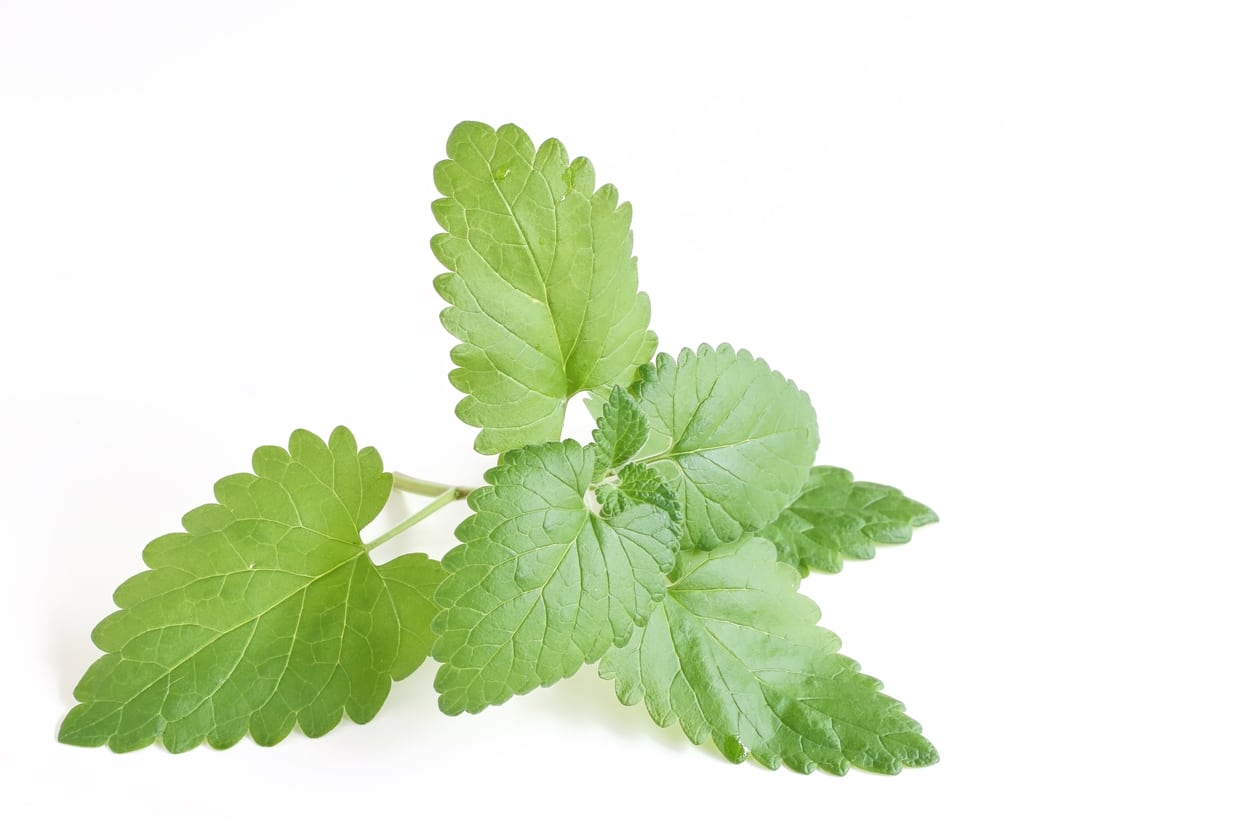How To Root Catnip Cuttings – Can You Grow Catnip From Cuttings


If your cat loves the herb catnip, it’s no big surprise. Nearly all felines love the hardy perennial. But you may soon find yourself needing more catnip plants than you have. Don’t worry. It is easy to grow more catnip from cuttings. If you want to know how to root catnip cuttings, read on for info and tips.
Growing Catnip from Cuttings
Cats are gaga over catnip, and it’s probably not the pretty foliage that attracts them. But it is the pretty, heart-shaped leaves growing in an open mound about 3 feet (1 m.) tall that gardeners enjoy. Catnip plants also produce blue flowers throughout the season. This makes catnip a truly ornamental plant to have around. If you or your cat insist on getting more plants than you have, it’s quite easy to grow new catnip from cuttings. Catnip cutting propagation is as easy as it gets in the perennial world. You can start rooting catnip cuttings in water or soil. If you have never tried propagating a plant from cuttings, catnip is a great place to start. It propagates easily from leaf-tip cuttings. Snip off the tips of new growth in spring or early summer, making each cut on a slant just below a leaf node. Keep the clippings cool to use as cuttings. Catnip is in the mint family and can be counted on to spread around your garden if you don’t cut it back. This works out well since you can use the stems you cut back for catnip cutting propagation too.
How to Root Catnip Cuttings
Once you have snipped off as many cuttings as you need, move into the house or patio. It’s time to start rooting catnip cuttings. If you want to root them in water, remove the lower leaves of the cuttings, then stand them up in water. When you are rooting catnip cuttings in water, change the water regularly and expect to see roots emerge in less than a week. When strong roots develop, transplant each into a small pot of sterile potting soil. Provide regular water and filtered daylight until new grow emerges. How to root catnip cuttings in soil? Just take a cutting and press its cut end into a new pot of sterile potting soil. Again, regular water is crucial to help the cutting root. Once you see new growth, it means the cutting has rooted. Then you can transplant it to a sunny spot in the garden or into a bigger pot.
Sign up for the Gardening Know How newsletter today and receive a free copy of our e-book "How to Grow Delicious Tomatoes".

Teo Spengler is a master gardener and a docent at the San Francisco Botanical Garden, where she hosts public tours. She has studied horticulture and written about nature, trees, plants, and gardening for more than two decades, following a career as an attorney and legal writer. Her extended family includes some 30 houseplants and hundreds of outdoor plants, including 250 trees, which are her main passion. Spengler currently splits her life between San Francisco and the French Basque Country, though she was raised in Alaska, giving her experience of gardening in a range of climates.